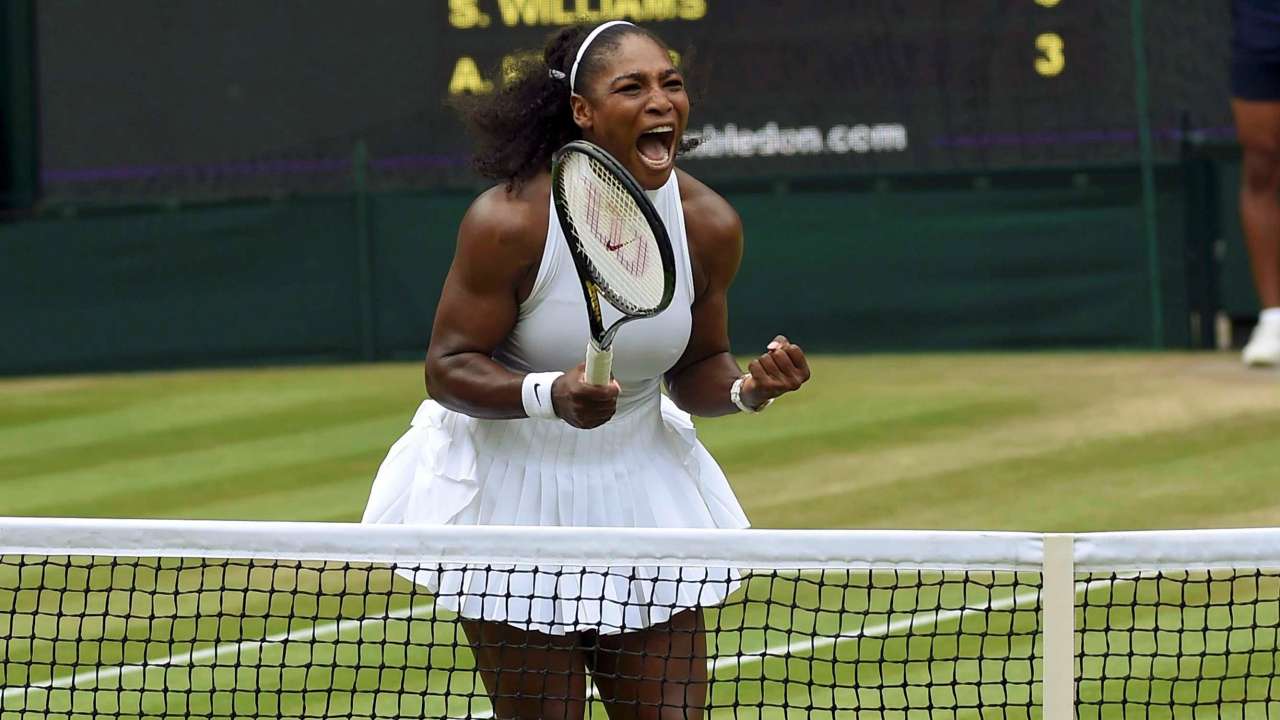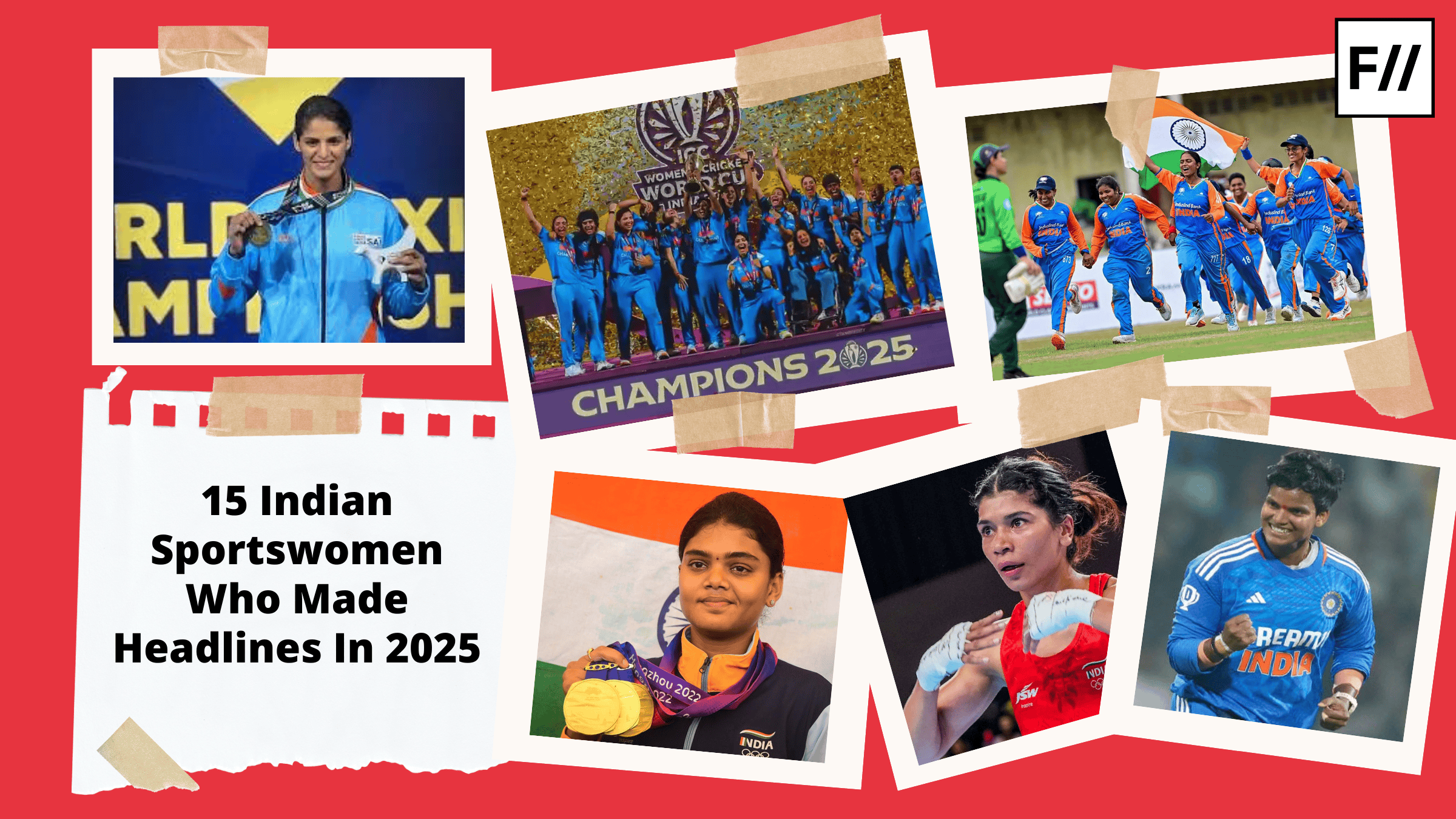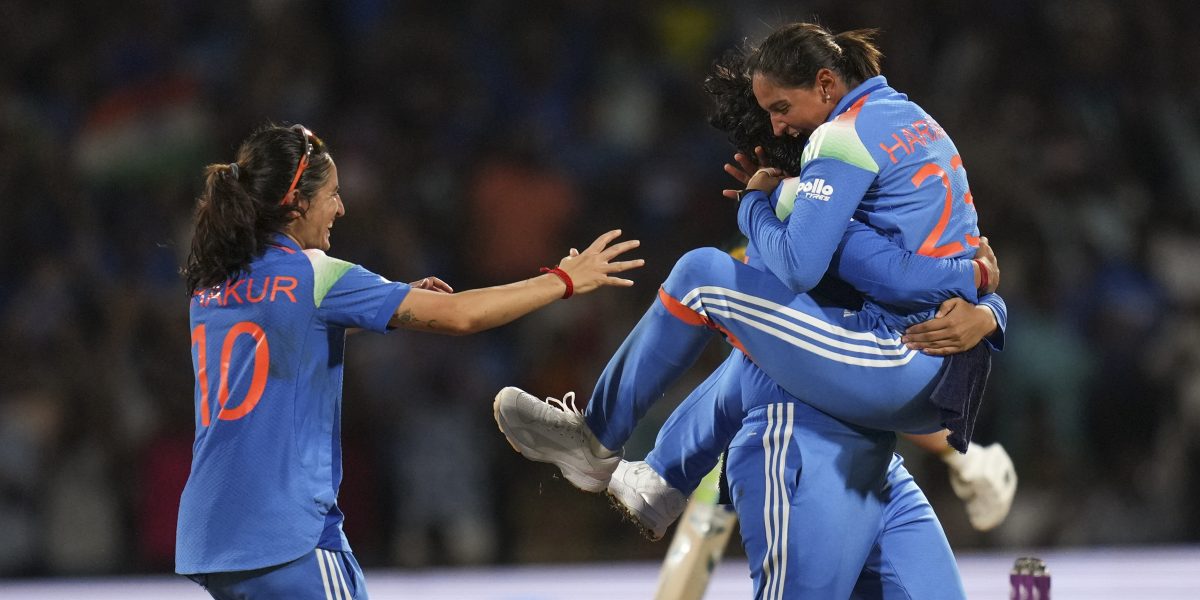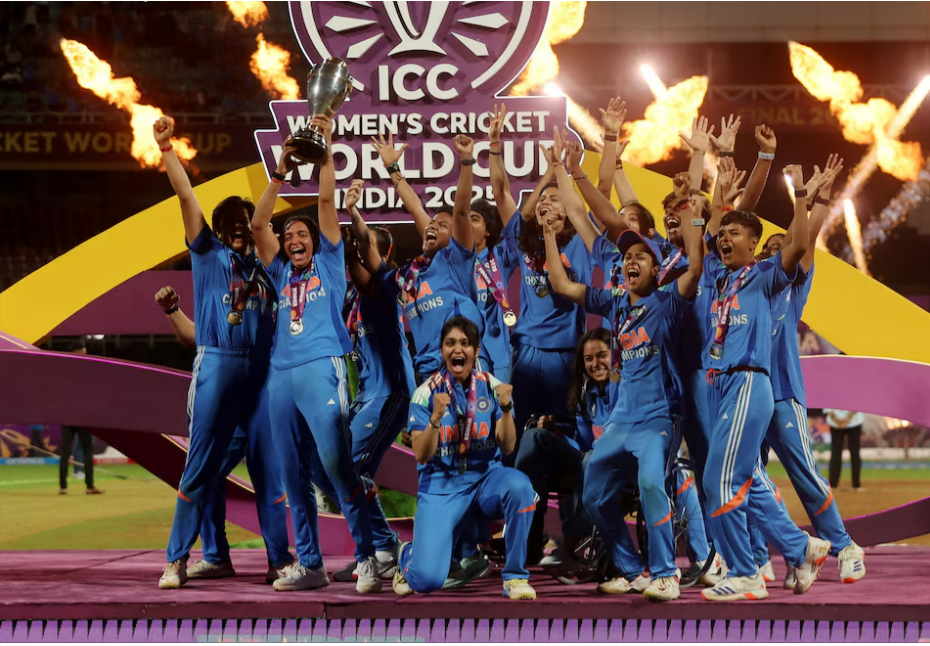To say that Serena Williams ever needed to mount a comeback would be presumptuous. The star athlete, perhaps the greatest of all time, never really went anywhere to begin with.
Last year, not only did Serena Williams have a baby, but she also revealed she had been two months pregnant as she won the 2017 Australian Open – without dropping a single set. Not a single one of her competitors – except her finals rival, older sister Venus, even knew. The power, the prowess, the greatness of Serena Williams is perhaps not unknown to anyone who follows tennis even remotely. But her legend has only grown since.
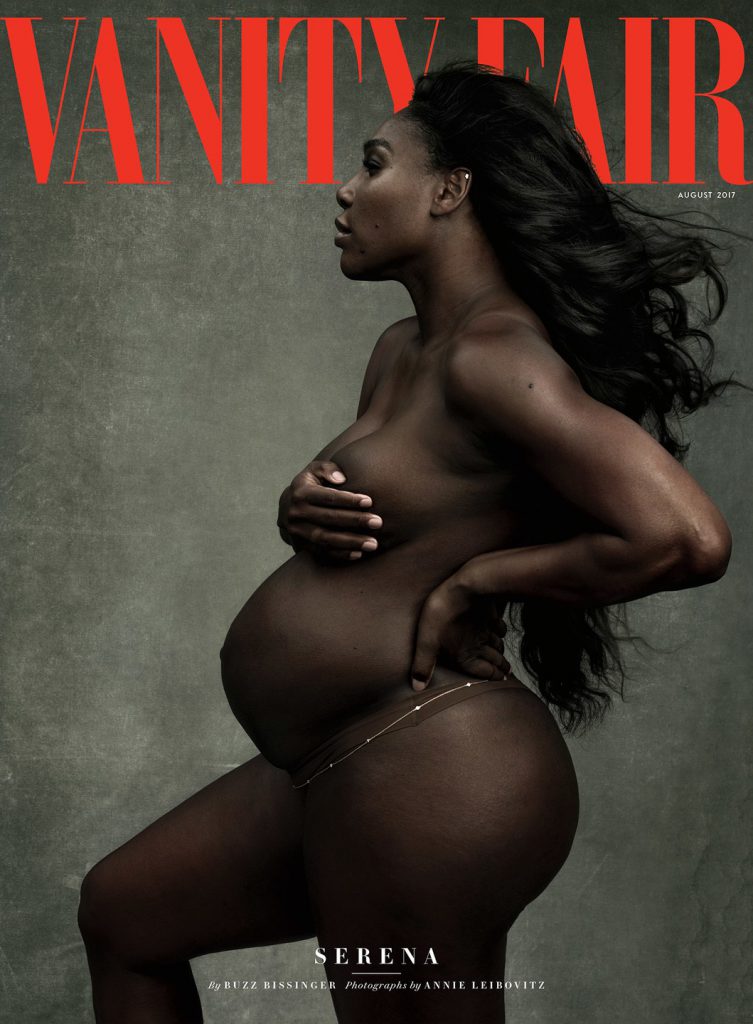
Serena’s Vanity Fair Cover – Photograph: Annie Leibowitz
Now 36 years old, Serena has almost single-handedly changed how the the women’s game has been viewed and regarded. Like Martina Navratilova and Steffi Graf before her, Serena Williams plows through opponents with consummate ease, winning matches as though it is all in a day’s work, and for her, perhaps it is. But then, you consider the hurdles that the younger Williams sister – the longest reigning World No. 1 in tennis – had to face, and her achievements quickly multiply in their magnitude.
But to make you see the grit of Serena, a look back into her youth might paint a starker, more vivid picture.
Think twenty-five years ago. A young girl and her sister from Compton were tennis prodigies, trained by their father and at proper facilities. These young girls, all of five and seven years old, were made to face racial abuse of a kind that would make the strongest adult wilt. It is at that tender age that the power and strength of Serena Williams became apparent. Despite racial abuse and family losses, Williams went on to become someone other players – men and women alike – have described as “inspirational,” “powerful,” and her own woman.
Serena has almost single-handedly changed how the the women’s game has been viewed and regarded.
Several tennis players of colour, from this generation and the last, have cited Serena Williams as their major inspiration. Largely considered a “white man’s sport”, tennis had little to representation from people of colour – Arthur Ashe and Althea Gibson were outliers in a whitewashed list, and despite their Grand Slam victories never received the fame they deserved. Together, Venus and Serena Williams paved the way for women of colour in the sport.
Today, three of its biggest current-generation stars – Sloane Stephens, Naomi Osaka and Madison Keys, all women of colour, cite Serena Williams as their inspiration.

(L-R) Naomi Osaka, Sloane Stephens, Madison Keys
Today, Serena is transforming tennis in another way. Her maternity break had also meant a significant drop in her WTA ranking, by simple virtue of the fact that she did not play. From going into her maternity leave as World No.1, Williams dropped to sub-200. Although Wimbledon seedings are typically on the basis of grass-court performance, and Serena, having only played a handful of tournaments – none of them on grass – prior to her Wimbledon return, would likely have not even been eligible to play qualifiers on the sheer basis of her ranking.
Also Read: Motherhood And The Work Life Balance
Now at rank 183, Serena Williams is seeded 25th at Wimbledon, and is fresh off a round 1 victory against the Dutch player Arantxa Rus. Her seeding, unfortunately, was met with scorn by a few players, one of them the earlier 25th seed, Dominika Cibulkova. But as Serena herself put it, that drop in ranking – and the subsequent, effective pushing out of a player for having a child, felt like being penalised simply for making a life choice. And one might wonder, had Serena not lost her ranking due to maternity leave, might Cibulkova have been seeded at all?
“Unfortunately, in the 90s, if you took a break, got injured, you lost your seeding,” Williams said in a recent interview. Today, apart from changing the game in many other ways, Serena Williams has become an active campaigner for new mothers in the sport. Former colleague Kim Clijsters returned to win Grand Slams after her own pregnancy, but perhaps even as a former World No. 1, it is Williams who is the outlier, for having taken a break at one of the many peaks of her illustrious career.
Now, on the heels of the All-England Tennis Club’s decision, the United States Tennis Association (USTA) have announced they will also have a different seeding system in place for those returning from motherhood. This stands to benefit not just Williams but a number of tennis players coming back from having children – for one, Williams’ close friend, former No. 1 Victoria Azarenka, who is also managing being a single parent with a full return to her playing career.
Serena Williams has become an active campaigner for new mothers in the sport.
Having paved the way for women of colour, Williams has now in effect precipitated a change that will encourage yet more women to the sport, who might previously have been wary of the challenges motherhood might bring, or encourage more mothers to return to the sport regardless without fear of simply ‘dropping away’.
Yes, Margaret Court, Evonne Goolagong and Kim Clijsters became mothers and mounted returns before Williams did. But Williams’ experience has somehow become the catalyst for a change that should encourage all women in sport. A career of any kind – and especially one in sport – should not have to be a choice someone is forced to make, but one that they are free to.
Earlier, maternity meant taking unpaid leave. From working long hours at the office, you would have to come to a (hopefully) supportive partner and care for your baby in a world where even those familial roles were gendered. Today, that is changing somewhat. From better medical care, to better support systems for more women than before, there has been somewhat of a change. But in large parts of the world, even among working professionals, they still shoulder a significant part of childcare post maternity, even as working professionals – which means that that professional area needs to provide all the support they can.
There are currently only four players on the women’s circuit who are mothers. Contrast that with the forty or so men who are fathers.
There is still a pervasive perception that women who have been out of their field – for even a short time – somehow lose their professional qualifications, or become less qualified somehow. Today, we are finally seeing steps that indicate this will, in coming years, no longer be the case. That perception has needed to change for a long time, and finally, we are seeing steps that it is, albeit slowly.
Today, motherhood is no longer a chain that must separate women from any career choice they choose, whether it is competitive sport or the corporate world, like Yahoo CEO Marissa Mayer. Or being a head of state: just ask Jacinda Ardern. Whether you’re in the corporate world, in the sporting arena, or a head of state – motherhood should not derail a woman’s career. They don’t have any less to offer for having become a parent.
There are currently only four players on the women’s circuit who are mothers. Contrast that with the forty or so men who are fathers – not least of all World No. 2, Roger Federer – who is a father four times over. While the men have their wives in terms of child-rearing support, female players do not always have that opportunity.
Also Read: Misogyny In Sports Makes Me Feel Like A Broken Tape Recorder*
In today’s world, equipped with a better ability to understand choices, we should laud Serena not just for making her own, but for setting an example for women across fields who, in the future, no longer need to be forced to choose between career and family. Women can have it all, and this is just the beginning.
Featured Image Source: DNA India
About the author(s)
Freelance sports journalist, F1 and Tennis specialist formerly with Sportskeeda, writer, musician, card-carrying feminist with a worship of dogs and a love for science, tech and big data.
